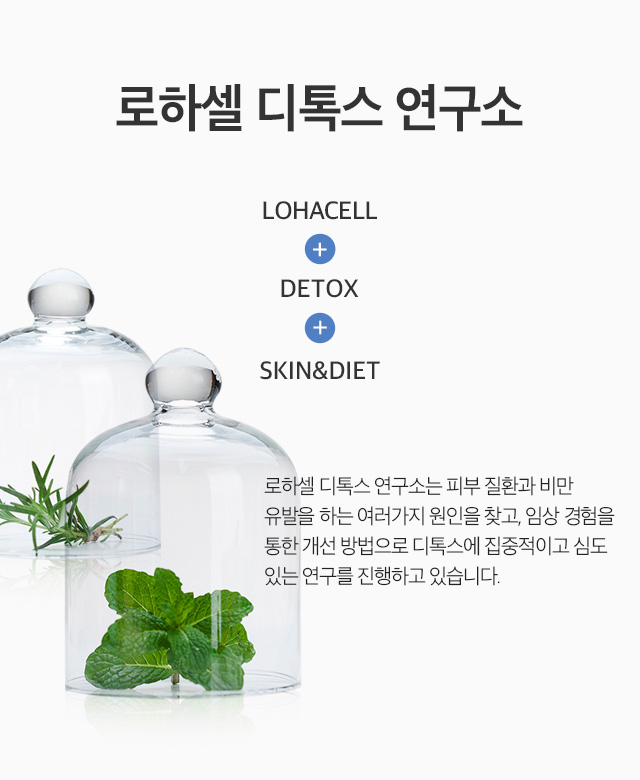- 꾸지뽕나무 추출물의 피부 생리 활성
- 2017-06-05
꾸지뽕나무 추출물의 피부 생리 활성
Physiological Activities of Cudrania tricuspidata Extracts on the Skin
저자명 최학주, 김청택, 도민연, 랑문정
소속기관 대전대학교 난치성면역질환 동서생명의학연구센터, (주)알엔에스
고성군 농업기술센터, 배재대학교 제약공학과
문서유형 학술논문
학술지 한국유화학회지 제32권 제2호 통권 99호 (2015년 6월) pp.260-274 1225-9098 KCI
발행정보 한국유화학회 |2015년 |한국 |한국어
초록
본 논문은 한국과 중국에서는 전통 한방약재로 오랫동안 사용된 꾸지뽕나무(Cudrania tricuspidata)의 잎, 줄기, 뿌리부분의 에탄올추출물의 물, 에탄올, 에칠아세테이트 용해성 분획물에 대한 피부 생리활성에 관한 실험결과이다. 대식세포인 macrophage(RAW 264.7 cell)에 대하여 이들 분획물들의 nitric oxide 및 염증성 사이토카인 분비 억제효과를 검토한 결과, nitric oxide 생성 억제에는 잎부위의 에칠아세테이트 분획물과 에탄올분획물이, 염증성 사이토카인인 $IL-1{\beta}$ 생성 억제에는 모든 분획물들이 효과가 있고, 염증성 사이토카인인 IL-6 생성 억제에는 잎, 줄기, 뿌리부위의 에칠아세테이트 분획물들이 효과가 있는 것으로 나타났다. 흑색종세포인 melanoma cell(B16-F10 cell)에서 멜라닌 생성억제효과를 측정한 결과, 잎의 에틸아세테이트 분획물 처리에서만 유의성 있는 억제효과를 나타내었다. 주름 개선 효과를 확인하기 위해 인체 정상 피부 섬유아세포( CCD986sk cell)에 대하여 콜라겐의 합성 촉진 효과를 측정한 결과. 잎, 줄기, 뿌리부위의 물 분획물과 잎, 줄기의 에탄올 분획물에서 콜라겐 합성 촉진 효과를 보였다.
This paper has shown the experimental results about the physiological activities of water-, ethanol-, ethyl acetate-soluble fractions from ethanolic extracts of leaves, stems and roots of Cudrania tricuspidata on the skin, which has been used for a long time as a traditional herb medicine in Korea and China. The effects of these fractions on the secretion of nitric oxide and cytokines from macrophage(RAW 264.7 cell) exhibited that the ethyl acetate and water fractions from leaves inhibited the release of nitric oxide, all fractions inhibited thoses of inflammatory cytokine $IL-1{\alpha}$, and the ethyl acetate fractions of leaves, stems and roots inhibited thoses of inflammatory cytokine IL-6. The only ethylacetate fraction of leaves demonstrated significantly the reduction of melanin synthesis in melanoma cells. In order to evaluate the efficacy of collagen synthesis, the treatment with extracts on the human normal fibroblast cell(CCD-986sk cell) resulted in finding that the water fractions of leaves, stems and roots and the ethanol fractions of leaves and stems showed the increased synthesis of collagen.











